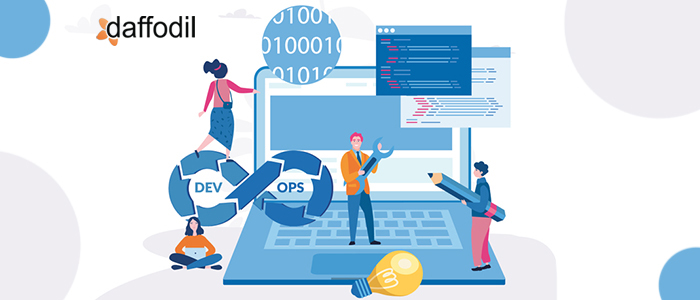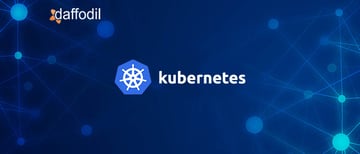
For handling complex client-server environments, IT teams swear by the trails provided by logs and metrics data. These trails have a proven record in significantly reducing the Time to Detect (TTD), Time to Mitigate (TTM), and Time to Remediate (TTR) whenever the server or the environment behaves sub-optimally.
- When an issue is observed in the system, it is passed to the development or a relevant team for action. This is called TTD.
- The responsible team acts on the information to eliminate related risk areas. This is called TTM.
- The team measures the time for recovery, works on it, and ensures that the root cause of the problem is remediated so that they do not recur. This is called TTR.
This data-driven approach of observing the performance and compliance of a system at every stage of software development is called monitoring. It aims at achieving the high availability of a system by minimizing the key metrics that are measured in terms of time, i.e. TTD, TTM, and TTR.
Along with this, monitoring helps in detecting production issues and outages, tracking user behavior for product feedback, test & deploying processes, predicting future anomalies, auditing compliance issues, etc.
The modern SDLC cycle needs application monitoring, more than ever. Here are some of the reasons, why?
There are frequent code changes in the application these days and thus need more visibility of the system. With continuous integration, deployment, and modular architectures (like microservices, micro frontend) entering the software development space, it has become crucial to manage hundreds of workloads in production. With such a load, it is important to manage the outages at production and automate their fixing.
What is Telemetry?
The actionable data points are collected from monitoring through a mechanism called Telemetry. It involves the usage of agents that are either installed in the deployment environment, SDK, server log, etc. Thus, the telemetry data comes from events, metrics, and logs.
There are different types of telemetry metrics that can be tracked:
Business Layer Metrics: This includes metrics such as number of new users, number of completed orders/abandoned checkouts, average session duration, etc.
Application Layer Metrics: Metrics such as number of core dumps, number of fatal expectations, application response time, etc.
Infrastructure Layer Metrics: This includes Network I/O operations, server traffic, CPU & disk utilization, disk I/O operations, etc.
Client Layer Metrics: This has errors at the client end- mobile, web, javascript, and other client applications.
Deployment Pipeline Layer Metrics: Deployment lead times, environment status, execution status, etc.
It is recommended to group the metrics within hierarchies and tag them under categories/sub-categories. Categorization of metrics makes it easy for the DevOps team to interpret the identified issues properly.
ALSO READ: GitOps: The Next Big Thing in DevOps?
Involving Monitoring and Telemetry in DevOps Practices
A number of open-source, cloud, and third-party tools can be used for monitoring and telemetry practices within an organization.
If you want your project to make the most of these DevOps practices to improve application uptime and reduce TTD, TTM, and TTR, then connect with our DevOps experts to know how you can get started with it efficiently.



